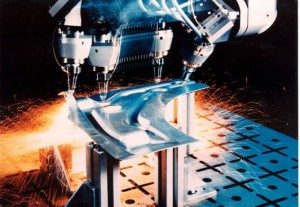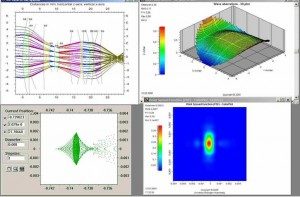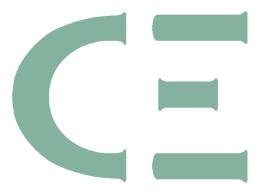Computational Optics
Computational Optics
For humans, light is both an energy and an information carrier, and photonics is the science that deals with the technical use of light. In addition to classical applications such as imaging and lighting, optics and photonics are key technologies in many areas. The backbone of modern communication and the Internet consists of optical fiber networks in which photons transmit information. In the future, quantum information will be transmitted. The use of high-performance lasers in welding, gluing and cutting has revolutionized manufacturing processes in automotive and shipbuilding. Sunlight is an important source of sustainable energy that can be harvested by solar cells.
These examples show that optics are about to penetrate all areas of our modern information society.
For the realization of highly efficient lasers or integrated image sensors with several million pixels, numerical simulation models of light propagation or light-matter interaction are of crucial importance. Sophisticated models from ray optics to wave optics to quantum optics benefit from advanced methods from computer science, which has led to the introduction of the subject (Technisches Anwendungsfach Optik) TAF Optics into Computational Engineering.
 |
 |
| Laser welding in automotive engineering | Numerical modeling of an optical objective |
TAF Optics is based in both engineering and natural sciences faculties. Students in this TAF Optics specialize on modeling of light propagation in a variety of optical systems. In addition to the standard curriculum students learn about the basics of physics in about 15% of their time during the Bachelor course. This percentage is increased to about 30% in the Masters course. It now includes lectures on modern trends of optics and photonics.
Students who are interested in the TAF Optics should enjoy numerical modeling, and should also have a certain interest in physics, in particular in optics and wave propagation.
TAF Adviser
Prof. Dr. Bernd Witzigmann
Department Elektrotechnik-Elektronik-Informationstechnik (EEI)
Lehrstuhl für Optoelektronik
- Phone number: +49 9131 85-28952
- Email: bernd.witzigmann@fau.de
